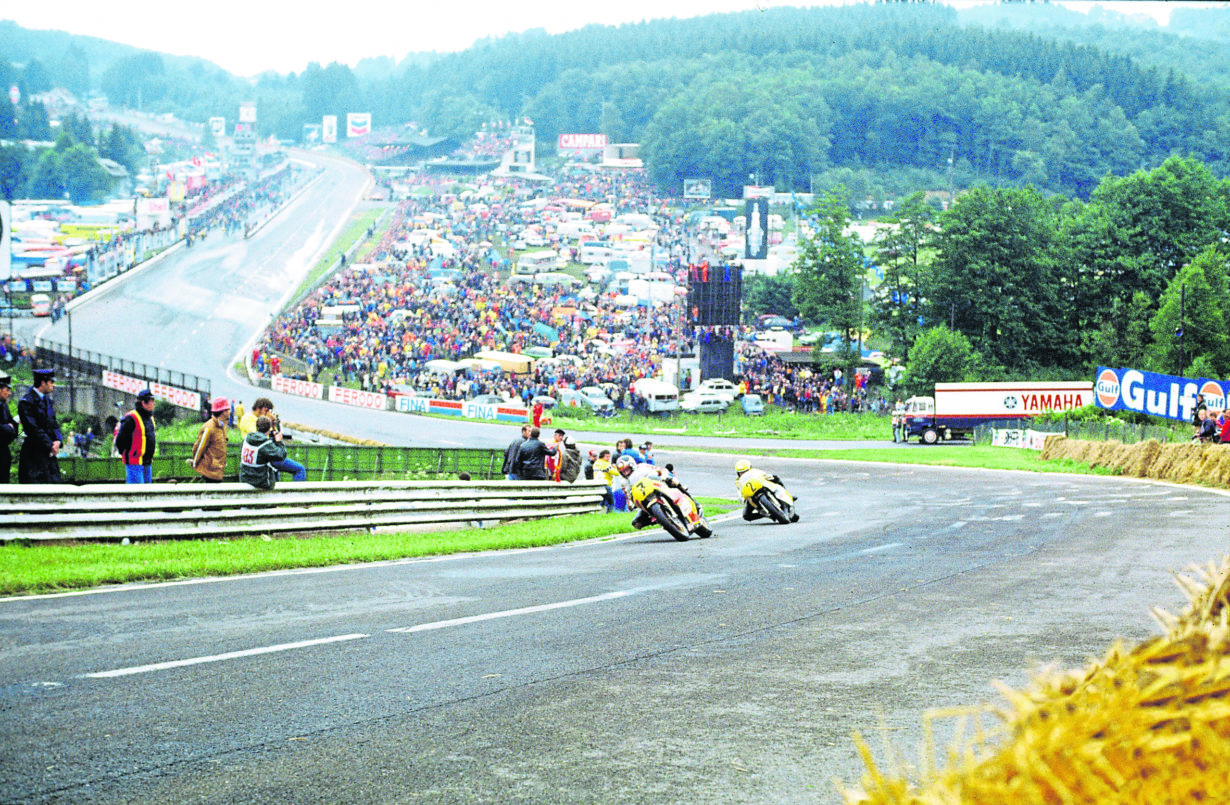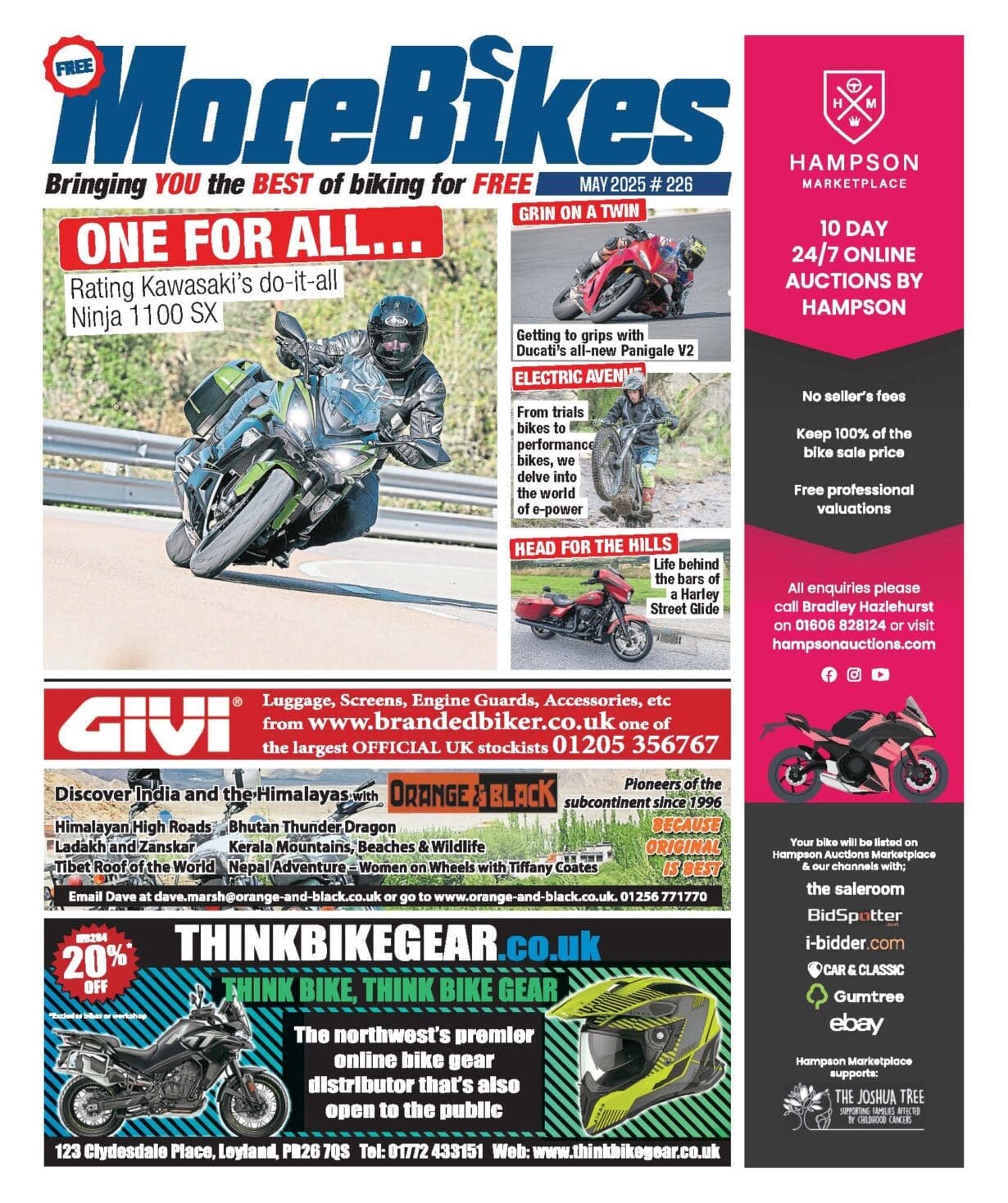The VJMC’s Steve Cooper remembers…
1979 had been a holding position with Kenny Roberts doing his utmost to fend off the serried ranks of Suzuki RG500s. Unable to give him the extra power he wanted, the factory embarked on a mass loss programme – aluminium would replace steel for the chassis and the motor would move forward a little to aid front-end stability. Inside the motor the old-style cylindrical Power Valves were dropped in favour of a more effective guillotine-style unit. There was also much shenanigans in the carburettor department with various sizes of choke diameter and options for both aluminium and magnesium castings. Lots of tweaking but, once again, iterative steps rather than dramatic progress.

The alloy frame was found to be wanting as it flexed too much so bracing was added… and then it was painted black by the race team to convince everyone it was still steel! 1980 was a better season for Yamaha’s top man with a trio of wins in the first three races. To some degree the early results were partially ‘gifted’ to the Iawata-based team by Suzuki’s wayward RG500. Their revised rising rate suspension had a few riders off at the start of the season so made life easier for Yamaha. That said, it didn’t take the Hamamatsu factory too long to get the square four behaving itself.
Yamaha had what they thought was a plan to help Roberts – they would sell privateers the TZ500G which they sincerely hoped would obfuscate many of the Suzukis. Essentially a ‘dialled back’ OW, the bike was part revenue generator and part grid filler cum mobile chicane for the aspiring and the well-heeled. Unfortunately, the bike under-performed big time, handled badly and failed to live up to expectations. It would take a full Nico Baaker frame to get Jack Middleburg’s TZ500G to behave anywhere near like it should.
A new engine debuted at the Dutch round. The OW48R ran its two outer cylinders (1&4) reversed with carbs at the front and the exhaust at the rear. This gave almost uninterrupted gas flow on the straight pipes which then delivered a vital extra 7bhp. Such was the change in flow dynamics, the team found itself fitting carburettors two millimetres larger in diameter to the reversed pair of pots. It should have been good news but the OW45R motor wouldn’t fit into the alloy chassis, thereby necessitating a return to the heavier steel frame – swings and roundabouts, etc. Ferociously bad handling didn’t endear the hybrid 500 to Roberts either, who had to exit Assen race due to a puncture, allowing Jack Middleburg to win on the IMN Yamaha.
Seconds, thirds and fourth were the best the American could achieve for the rest of the season even when an alloy frame was wrapped around the OW45R engine. Suzuki’s RG500s were getting better at each race and by the end of the season would occupy P2 to P6 in the final standings. Roberts and Yamaha had another championship but it was a lot closer than either would have wanted.
The VJMC – run by motorcyclists for motorcyclists. For membership enquiries only Tel: 01454 501310
Email: [email protected] Address: PO Box 1949, Yate, Bristol BS37 0BX Office hours: Mon-Thurs,10am-4pm (please leave a message)


